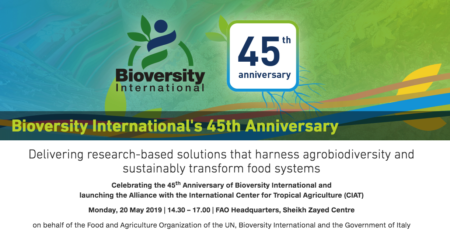I don’t like the International Day for Biological Diversity much…
Find out why on the work blog.
Agrobiodiversity is crops, livestock, foodways, microbes, pollinators, wild relatives …
I don’t like the International Day for Biological Diversity much…
Find out why on the work blog.
I know we’re a day late, but let’s celebrate the International Day for Biological Diversity with antique yeast in a Belgian monastery.

Check out the nice anniversary booklet, and listen to the live stream of the celebrations. It’s in just a couple of hours’ time.
Next for Bioversity, of course, is alliance with CIAT, under the guidance of CEO-designate Juan Lucas Restrepo. Best wishes for this important endeavour.
This group of leaders from @BioversityInt and @CIAT_ are putting their energy, bright minds and souls to steer the construction of the Alliance’s Strategic Framework. A huge participatory effort to ensure we thrive and act where society needs us the most. THANKS!! https://t.co/0mFLolctjB
— Juan Lucas Restrepo (@jlucasrestrepo) May 18, 2019